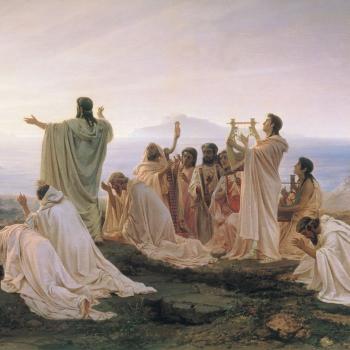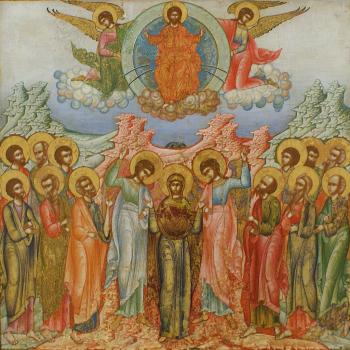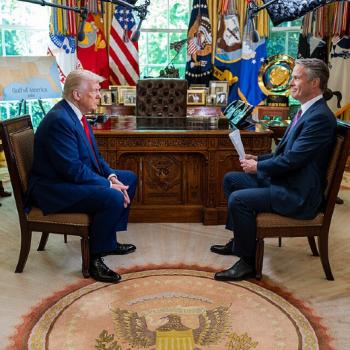Lessons for Temples and Communities
The second generation's decision not to participate in temple activities may offer lessons for their parents, who still form the governing bodies of most Hindu temples in the U.S. (Most temples are administered by the immigrant generation, and often the second generation not only does not attend but cannot relate to how the temples are run.) Temples may wish to develop services and programming that respond to the interests and desires of the second generation. For example, the second generation continues to thirst for knowledge about Hinduism and its tenets; adult classes, conducted in English, might be popular. This is particularly true because the second generation often wants to know not only what to do but why it is done; they reject the idea of performing a ritual simply for the sake of doing so, without understand what they are doing. (U.S. colleges and universities could respond to the same need by offering courses beyond the traditional "Introduction to Hinduism," to enable second-generation students to explore the regional, philosophical, and other variations in Hindu thought and practice.) The second generation also now finds itself as the parent of a third generation to which they want to impart their home culture but feel ill-equipped to do so because of their perceived lack of knowledge, their own lack of capacity with the first generation's native language, and other reasons. What services could temples offer related to parenting and the third generation?
Finally, none of the above should be taken as an indictment of the first generation or of temple communities. The first generation wrote a vibrant new American immigration story, building temples and creating communities where none had existed before. These facilities provided a sense of community for many in the second generation during their formative years, and are now an important social destination for the Indian immigrant waves that have followed them and continue to arrive on American shores.
As Americans Hindus think about their own experiences, and as scholars examine this growing and changing population, all need to understand the complex and different relationship that second-generation Indian American Hindus have with their religion.
Khyati Y. Joshi is an Associate Professor in the Sammartino School of Education at Fairleigh Dickinson University in Teaneck, New Jersey. She is the author of the book New Roots in America's Sacred Ground: Religion, Race, and Ethnicity in Indian America (Rutgers University Press, 2006), and the co-editor of Understanding Religious Oppression and Christian Privilege (Sense Publishers, 2009) and Asian Americans and the New South (University of Georgia Press, 2009). Dr. Joshi provides consultation and professional development for educational institutions on topics related to immigrants in schools, race in education, and religion and public schools.




